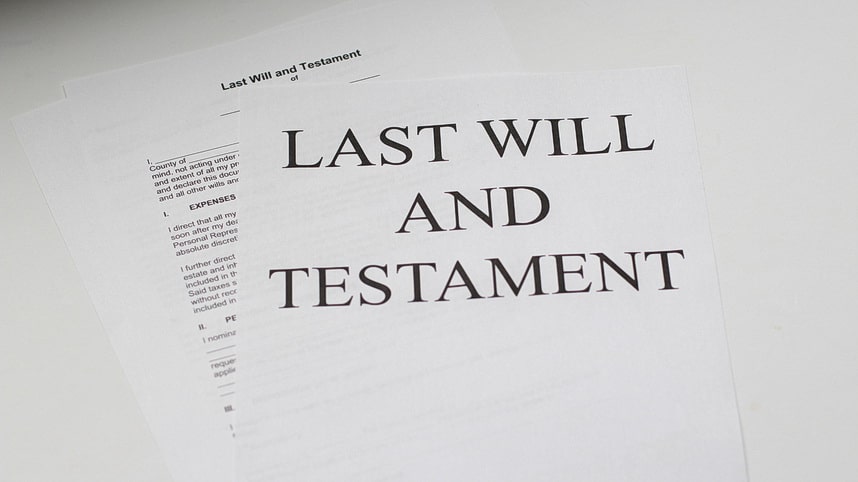What is a Living Trust?
A living trust is a trust that is formed by an individual while they are alive. In contrast to testamentary trusts, which are established according to a will and become active after the person’s death, living trusts are set up while the person is still alive. These trusts can either remain operational after the individual’s passing or conclude at that point with guidelines to directly allocate the assets to the beneficiaries.
How is a Living Trust Established?
A living trust is created during a person’s lifetime and becomes active immediately upon the signing of the trust document and the transfer of assets. A living trust is less extensive than a will as it usually covers transfer of specific property or assets rather than the entirety of an individual’s estate. The trust becomes funded when the assets shift from the ownership of the person creating the trust (known as the settlor) to the ownership of the trustee or trustees. These assets can encompass various forms like money, stocks, bonds, and virtually any other type of property.
Advantages of a Living Trust
One benefit of a living trust is that the person creating it (the settlor) has the option to serve as the trustee or co-trustee. This enables the settlor to retain control over the assets for as long as they wish while they are alive. Additionally, a living trust can be either revocable or irrevocable, depending the settlor’s preference. With a revocable living trust, the settlor can end it whenever they choose; however, doing so might have tax consequences.
A living trust provides flexibility to your estate planning, achieving your personal objectives or benefit from financial tax advantages. Furthermore, a living trust provides advantages such as:
- Aiding individuals with providing for their family members who may have disabilities that may hinder them from managing their own finances;
- Secure income for upcoming years while conserving your capital to be distributed among the individuals of your preference;
- Move assets discreetly and confidentially outside the scope of a will;
- Minimize expenses related to probate and prevent the delays commonly linked with probate proceedings;
- Living trusts are more private as they are not made part of the public record unlike a will.
Disadvantages of a Living Trust
A living trust poses slight disadvantages to an individual looking to establish a living trust. It is important to keep these disadvantages in mind when considering a living trust.
- A living trust does not encapsulate an individual’s entire estate, rather the coverage of a living trust is narrow in scope and thus the contents of a living trust should reference the name of the specific property involved.
- A power of attorney could be required, even in the presence of a living trust. Even when a living trust is established, it might still be essential to form a durable power of attorney. This step may be needed because a successor trustee might not possess the power to handle assets that are not within the trust’s scope.
Example of a Living Trust
Numerous varieties of living trusts are available for you to create, tailored to align with your objectives. An illustration of such a trust is known as an Estate Freeze. In the scenario where you possess assets within a company that has been consistently experiencing substantial growth and you anticipate this growth to persist over a considerable period, you can institute an Estate Freeze using a living trust and a holding company. Through this particular living trust, you can effectively stabilize the present value of your shares while guaranteeing that any future growth is transferred to a successor, such as your children or other chosen beneficiaries.
What Assets to Include and Not Include in a Living Trust
Classifying which assets you wish to include as a part of your living trust is important to consider. Items or property that have significant value will benefit greatly when included in a living trust, as in certain situations, items that are more expensive incur higher costs and demand additional time and financial resources throughout the probate procedure.
Assets or property such as:
- Antiques and family heirlooms;
- Real estate;
- Interests in small businesses;
- Valuable collections, such as coins;
- Expensive Art.
Are likely to be included in a living trust. In contrast, cash funds, specific retirement benefits, and the majority of life insurance benefits are instances of assets that are not suitable for transfer through a living trust.
Since a living trust is revocable, it could be amended to fit your current or future situation. Any changes to your living trust will require a lawyer to legally execute the trust in order for it to become enforceable.



